FAQ
Frequently Asked Questions
Yes it does.
The Mile High Flood District is a “pay as you go” operation. Therefore, Mile High Flood District carries no debt.
The State legislature passed a law that states the Mill Levy will be assessed to all residents within the Mile High Flood District boundary. The funds are spread out to all communities, although the funds primarily stay within their county of origin.
Mill Levy for Adams, Arapahoe, Denver, Douglas, and Jefferson Counties
| MHFD Mill Levy | Mill Levy |
|---|---|
| Main Mill Levy | 0.900 |
| South Platte River Mill Levy | 0.100 |
| TOTAL | 1.000 |
Mill Levy for Boulder and Broomfield Counties
| MHFD Mill Levy | Mill Levy |
|---|---|
| Main Mill Levy | 0.900 |
| South Platte River Mill Levy | 0.000 |
| TOTAL | 0.900 |
Any increase to the mill levy is limited by TABOR and the State. The maximum increase per year is usually between 5.5 % and 6%.
FEMA flood insurance rate maps (FIRMs) can be found online, or you can call the FEMA helpline at 1-866-336-2627. Mile High Flood District floodplain maps are approximate and can be found on our Floodplain Viewer Map.
There are various sources that may be checked to see if a floodplain map exists for your community. Flood Insurance Rate Maps (FIRMs) published by the Federal Emergency Management Agency (FEMA) are available online, or you can call the FEMA helpline at 1-866-336-2627. You can also contact your local government, or your local library.
First get a copy of the Flood Insurance Rate Map (FIRM) for your local government. If your house is shown to be within the special flood hazard area on the map, the lender must require the purchase of flood insurance. If only a portion of your property is within the floodplain, but the house is not in the floodplain, there are no federal requirements for the purchase of flood insurance, although the lender may still require it. If you feel that the FIRM does not show your house to be within the special flood hazard area, you should contact your lender to make sure that they have correctly located your property and your house.
If the house is shown to be within the floodplain on the FIRM, the only way to remove the flood insurance purchase requirement is to apply to FEMA for a letter of map amendment (LOMA). LOMAs require the property owner to submit elevation information that demonstrates the structure is above the 100-year flood elevation. The elevation certificate and the LOMA application can be downloaded from FEMA’s website.
If the house was constructed before the date of the FIRM, you must show that the lowest ground elevation next to the house is above the 100-year flood elevation. If the house was constructed after the date of the FIRM, you must demonstrate that the lowest ground elevation next to the house, and the lowest floor elevation (including basement) are above the 100-year flood elevation. If you have questions on the LOMA process, you can also call FEMA’s toll-free help line at 1-877-336-2627.
Mile High Flood District does not supply water or sewer services to any homeowner. Check with your local government and they may help you find who supplies these services to you.
It depends where you are. You can find the maintenance information on our Debris Management Map.
